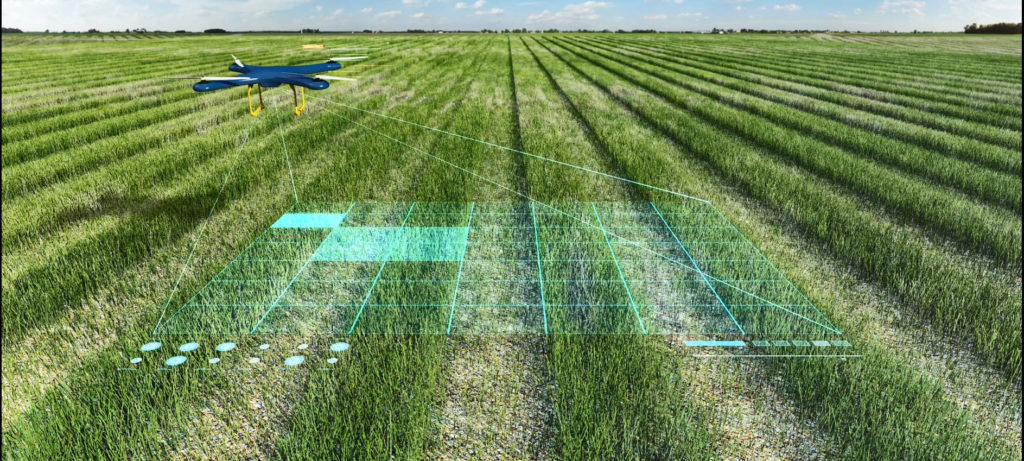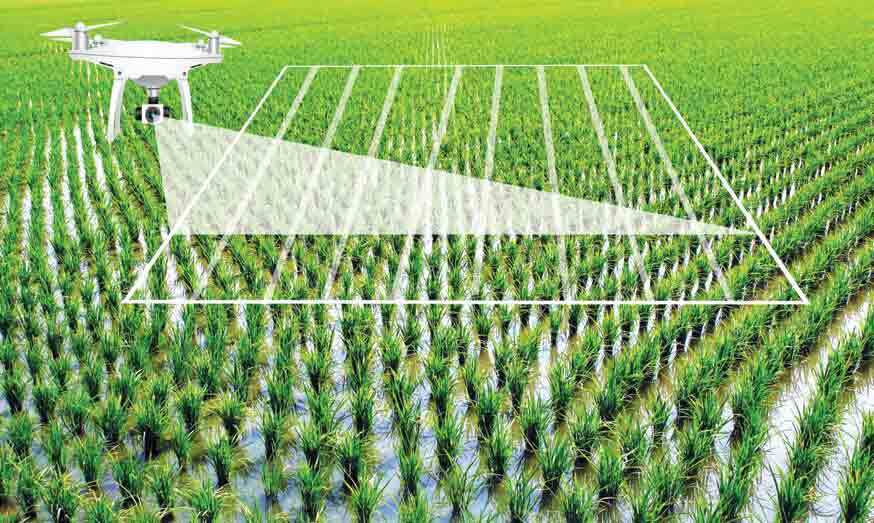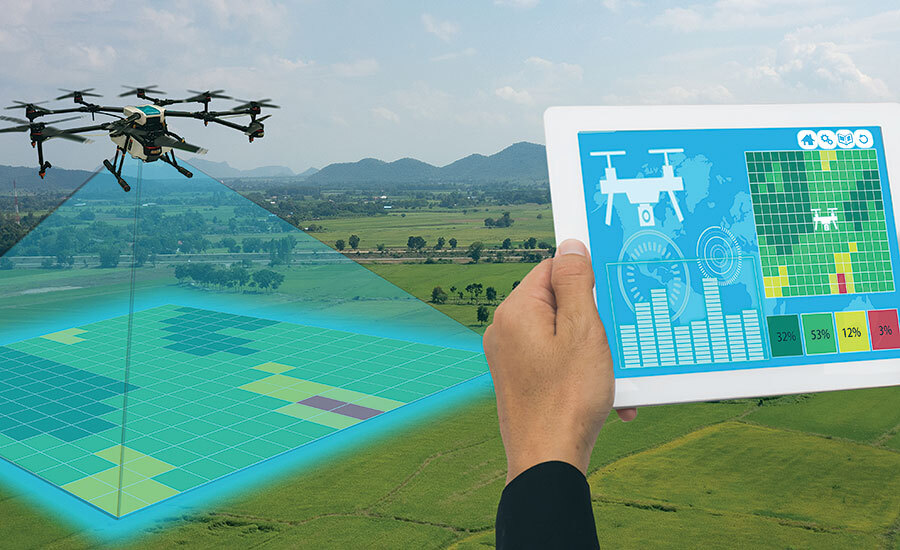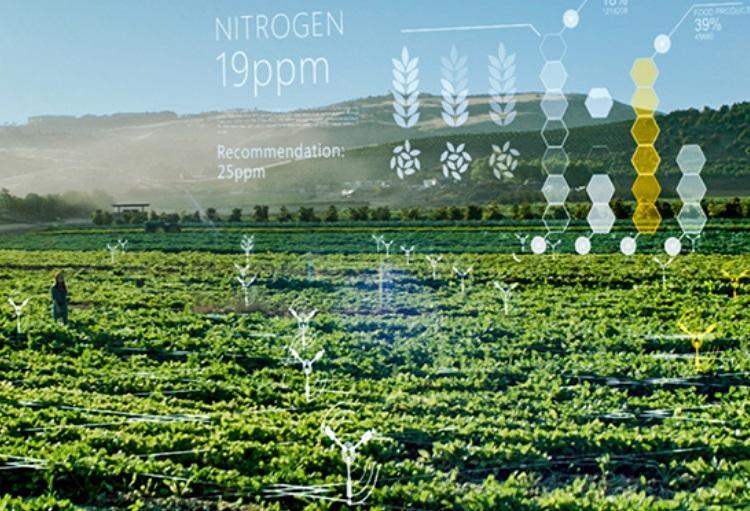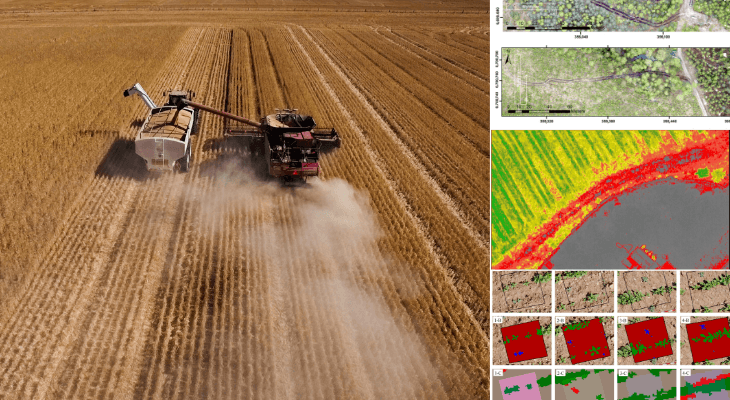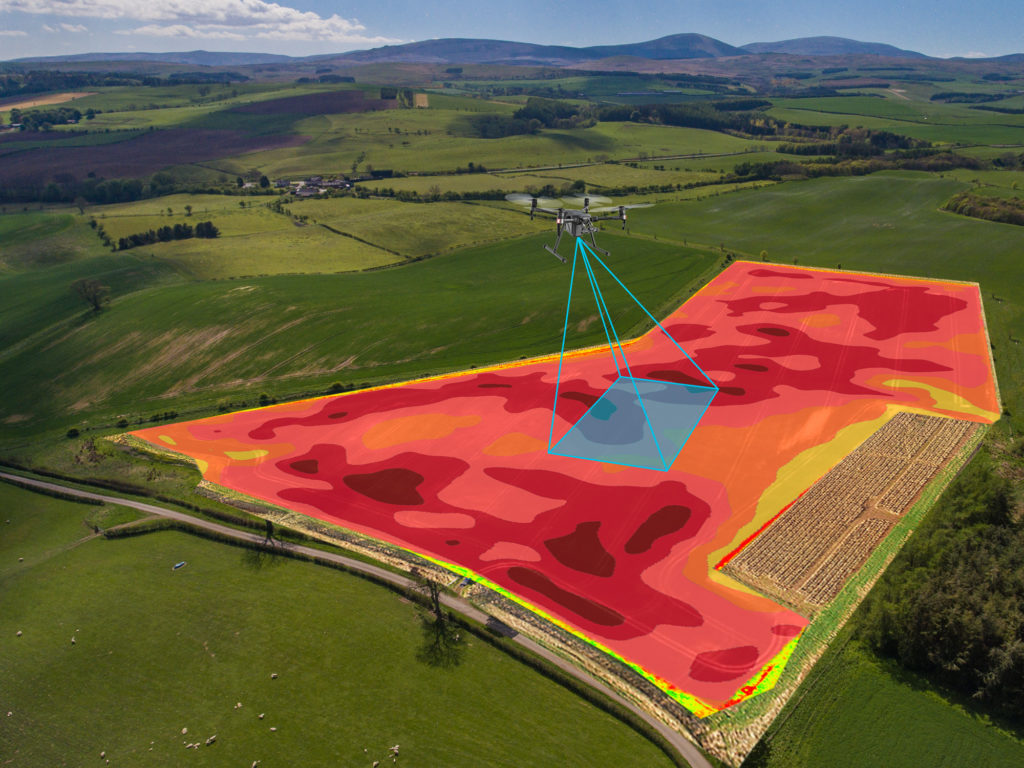
Agriculture Sector – Trend Facts:
Starting from the battle with climate change, Agriculture sector is facing many challenges in terms of productivity and cost-effectiveness, increasing labour, urbanization, and gradually degrading environment. Among such global challenges, the need for food production increase by at least 70% to feed the expected 9.1 billion population growth of year 2050 is a foremost factor to consider. With traditional methods, the growing need to enhance agricultural productivity and farming techniques for reliable detection, accurate identification and proper quantification of pathogens and other factors affecting both plant and animal health, are becoming economically unviable and inefficient. Agriculture has to look towards emerging technologies for solutions to enhance decision making through accurate, reliable and timely information.
E-Agriculture:
Use of advanced innovations like GPS, Big data, connected devices and IoT in agriculture has the power to change the world for better and make farming more-efficient. Smart agriculture involves the integration of smart farming methodologies and precision agricultural technology into existing farming practices in order to increase production efficiency and the quality of agricultural products. The data about the agricultural field are gathered with the use of cameras, sensors, actuators and micro controller. The gathered information is transferred for evaluation; with this, farmers can come up with more accurate choices to have high-quality crop.
Drone Explosion:
Widespread uptake of new technology requires farmers to adapt and modernize production practices in order to obtain the best returns on these investments. One of the latest development in this high-tech solutions field is drones or UAVs for monitoring and forecasting. Drones are the one of the most sophisticated technologies driving the development of precision agriculture. According to the report, the market size for drones in smart agriculture will increase from approximately 1.2 billion U.S. dollars in 2019 to 4.8 billion U.S. dollars by 2024. The processes that surface-based and air-based drones are taking care of in agricultural crop production includes, early warning systems, disaster risk reduction, forestry, fisheries and wildlife conservation as well. In supporting precision farming, drones can do soil health scans, monitor crop health, assist in planning irrigation schedules, apply fertilizers, estimate yield data and provide valuable data for weather analysis. With the help of data we gather from drones, we are equipped with insights of plant health indices, field prediction, plant counting, canopy cover mapping, plant height measurement, mapping of field water, measurement of storage, scouting reports, measurement of chlorophyll, mapping of drainage, mapping of weed pressure, etc. Furthermore, drone also gathers the thermal, multispectral, and visual imagery at the time of flight.
DEP & Agri Drones:
DEP’s primary goal in the agricultural industry is to establish a technological ecosystem in order to increase productivity and efficiency. Through both hardware and software customization, DEP’s technology provides a flexible drone platform to ensure adaptability for various applications. DEP’s uniquely designed drones have the ability to specifically assist farmers in myriad ways. DEP’s customizable and programmable drones include flexible hardware that can be altered depending on the given need.
DEP can assist in designing and developing a drone and associated infrastructure that provides surveillance across farmlands. The drones have high endurance to withstand variations in weather and are extremely robust, ensuring long flight durations.
Application of Agricultural Drones:
With customized drones, we can transform the agricultural industry and provide farmers fast and efficient ways to increase crop yield. At DEP, through a comprehensive technological ecosystem, we aim to enable better business decisions to improve overall productivity and profitability. The various drone assisted applications for enhancing existing agricultural processes includes:
1. Soil and field analysis: Combination of sensor data and imaging with real-time data analytics improves farm productivity through mapping spatial variability in the field. Drones imagery is useful in early soil analysis and planning seed planting patterns. With this actionable information, irrigation and nitrogen-level management is made possible.
DEP’s Analysis Drones: DEP’s customizable and programmable drones include flexible hardware that can be altered depending on the given need. Night vision lenses may be added for nocturnal usage, sensors and emitters can be included for bird repelling capabilities and imaging cameras may be inserted to receive detailed land analysis.
2. Crop spraying: With large areas of land, it can be difficult for farmers to gauge exactly where pesticides are most needed and where to appropriately distribute them. The ability of drones to easily adjust their altitudes and flight paths according to the surrounding topography and geography makes them well-suited for spraying the correct amount of liquid in real time for even coverage.
DEP’s Spraying Drones: DEP’s drone technology provides the ability to localize pest control and elimination by mapping the land and intensity of pest infection. In doing so, it has the ability to ensure high crop yield with reduced environmental impact.
3. Health Assessment: Another key challenging area is knowing how to maximize the effective use of agricultural area. Drones can also be used to generate multispectral images of crops (based on the amounts of green and infrared light reflected), which are then analysed to track changes in health and maturity.
DEP’s Health Assessment Drones: DEP drones aid in analysing and mapping land area to provide real-time data about the crop health. Through the use of machine learning technology, these drones are able to identify and assess different terrain types and provide farmers with appropriate information on depths of seed planting and updates on the health of crops, including feedback such as possible rodent infestations.
4. Crop Monitoring: Drones can monitor crops more accurately, frequently and affordably, delivering higher quality data that is updated regularly to provide insight into crop development and reveal production inefficiencies, enabling better crop management.
DEP’s Monitoring Drones: DEP drones allow farmers to analyse their crop growth cycles and plan accordingly. Once the field area is mapped, the drones can provide input to enable the farmer to intelligently decide the most optimal areas for planting and relay back that information. When the crops bear fruit or flowers and are ready for harvesting, the drones can provide the input data to determine the optimal time for harvesting and the most economical way to harvest the crop.
Future Path:
Drones, which combine sophisticated technologies and different algorithms with each other, add an innovative perspective to agriculture in every aspect. Drone usage in the agriculture industry is soaring, drastically increasing operational efficiency for farmers around the world. Tracking the routine activities of crop health and unwanted pests give farmers a competitive edge and increased reactivity at a never-before-seen rate. Drones have also made distributing agricultural chemicals more streamlined and efficient, allowing farmers to be more accurate and productive in their spraying efforts. Sustainable agriculture is a concept in which the drone potential is best reflected and shed light on the future of the agricultural food system, and drones are the key source of the ultimate goal to achieve a truly sustainable agriculture. Companies worldwide utilize intelligent drones and smart agriculture-specialized algorithms to analyse vast amounts of data in seconds. As smart agriculture evolves, drones will continue to create innovative solutions for streamlining the farming and livestock industry.
To know more about the DEP Agri Drone
To know more about DEP Drone Projects
